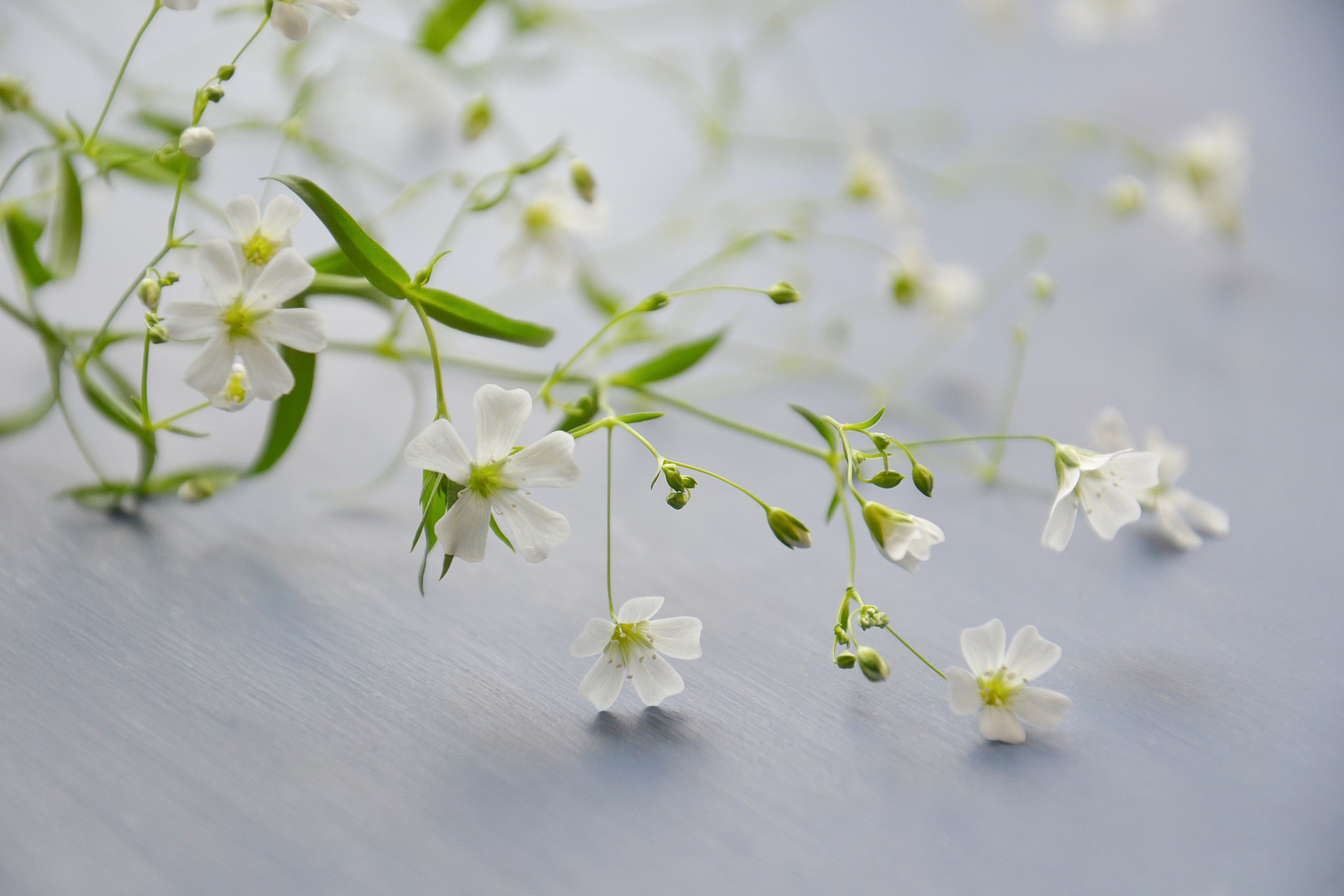Do you ever fear that your plants and flowers are getting too much water or that it has been raining too much? That may cause conditions where the flower may not be able to thrive properly. But some flowers love these conditions of adversity! There are lots of flowers that enjoy the rain as well as plants that require marshy or damp soil to thrive.
In fact, there is also an ‘Umbrella Month’ every year, and March is the designated month for each year! We have therefore put together a list of our top 5 flowers that love the rain and require a lot of water to flourish in order to coincide with the start of spring, the approaching April rains, as well as the ‘Umbrella Month’. If you reside in a city or town that gets a lot of rain, this blog is helpful for flower growers and their gardens!

Forget Me Not
I am so sure you have heard of forget me not blooms! The forget me not is the most memorable flower there has ever been. When grown properly, they are prolific bloomers that will flower for most of the growing season and are known for their exquisite blue flowers with yellow throats. They’re also full of legend and meaning in addition to adding a gorgeous shade of blue to your yard.
Early in the spring, forget me not blooms create a delicate-looking cloud of color, especially if they are grown near water. Usually self seeding in the garden, this short-lived perennial delights in pleasantly appearing here and there. With a lot of rainfall, they thrive in the wild.

Japanese Primrose
A lovely herbaceous perennial with 18 inch tall clusters of pink, white, magenta, or red blossoms on protracted flower stalks, Japanese primrose blooms in the spring. It thrives in regions with cool summers.
Japanese primrose has vibrant pink flowers that are held atop wavy, creased cabbage-green foliage. For the moist, shaded area, this is the perfect plant. With almost 400 species, primroses are a large and diverse group of plants. They are reputed to be somewhat challenging to grow.

Swamp Milkweed
The Greek god of medicine ‘Asklepios’ inspired the name of swamp milkweed, Asclepias incarnata. Incarnata is derived from the Latin words carn, which means flesh, and atus, which means like because its color can occasionally resemble flesh or dusty rose.
You can tell this plant enjoys moist soil because it has the name swamp milkweed. Fortunately, it can also grow in dry areas. A plethora of butterflies, especially the monarch butterfly, are drawn to swamp milkweed. The monarch butterfly only ever lays her eggs on milkweeds in addition to nectaring. As long as it doesn’t dry out totally, especially in the spring, it will thrive on the typical garden soil.

Calla
Graceful Callas are available in a bewildering spectrum of hues, including pink, white, orange, red, bronze, yellow, and maroon. The long-lasting flowers enhance any bouquet with elegance and are great for cutting. They frequently develop near the seashore and enjoy moist environments.
One species of aquatic wild plant, C. palustris, sometimes known as the arum lily, water arum, or wild calla, belongs to the genus Calla. It grows well in mud or shallow water along pond edges or watercourses and is widespread in moist areas in chilly north temperate and subarctic regions.

Hydrangea
Hydrangea, one of my all-time favorite garden plants, adores wetness. In actuality, the word ‘hydra’, which means ‘water’, is the source of the name. Give your hydrangea plenty of moisture, whether you plant a mophead, lacecap, peegee, or oakleaf kind, to keep it content and blooming profusely.
The hydrangea flower is a wonderfully gorgeous option for a garden flower with show appeal. This shrub blooms profusely in the spring and summer. Although they look to require a lot of upkeep, hydrangeas are actually rather simple to cultivate with the correct circumstances and care. The hydrangea, which blooms in the spring and summer, is classified as a shrub. However, even a beginner gardener won’t need to know how to grow hydrangeas because these stunning plants practically grow themselves.
Although they can be pretty enormous showstoppers in your yard. The hydrangea, which can grow up to 15 feet tall, fills in a space swiftly and frequently in just one summer. Hydrangea blooms can be the main plant in your landscape because they bloom in the spring and frequently continue into the early fall.
Are you considering a flower delivery this monsoon season? Check out the wide variety of options Flower Bazaaar provides!

